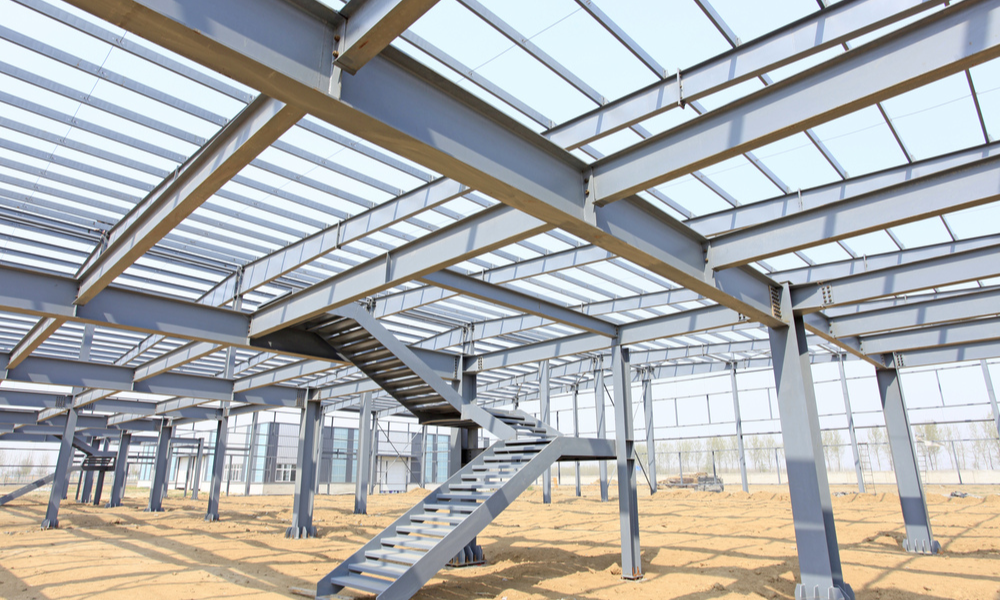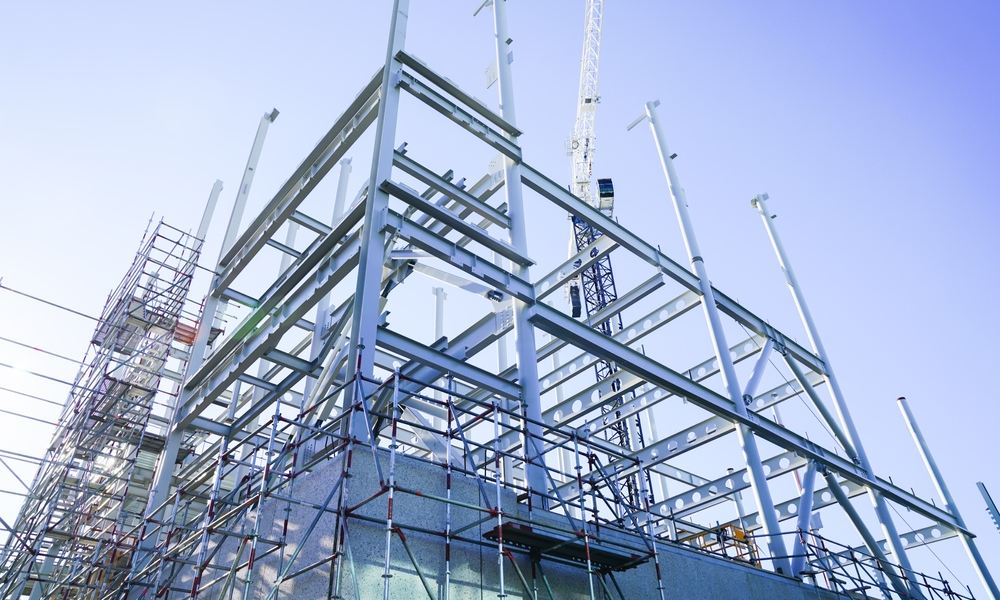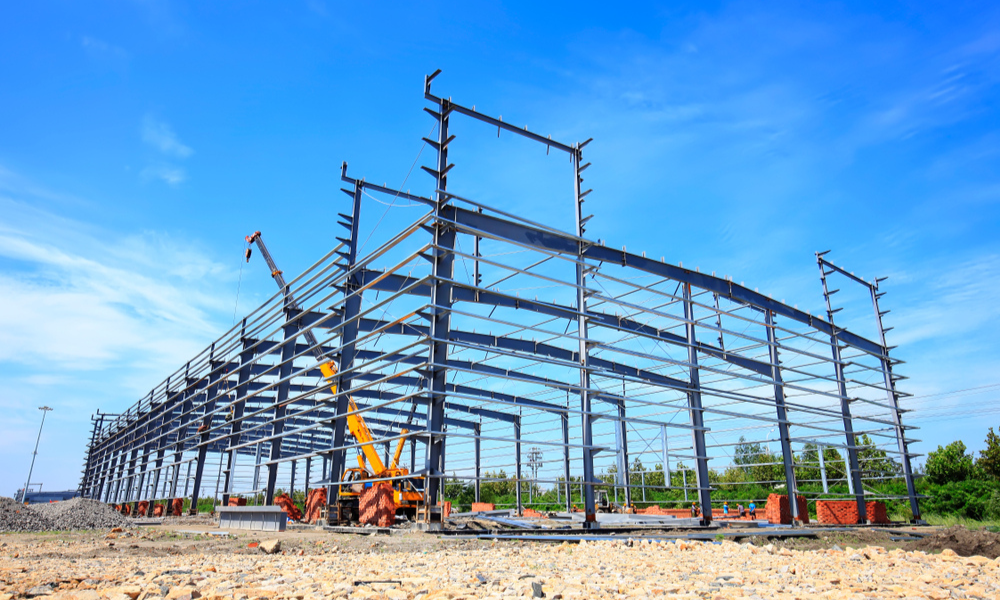Estimated reading time: 4 minutes
When it comes to construction, choosing the right material can make or break your project. Whether you’re working on a towering commercial building or a cozy cabin in the woods, the decision between steel and wood requires careful consideration. I’ve explored the pros and cons of both to help you make a smarter, more informed choice. Let’s dive in.
What You’ll Learn
Key differences between steel and wood in terms of durability, cost, and maintenance.
Which material is better for different types of construction projects.
Practical advice on making the right choice based on your specific needs.
The Case for Steel

Steel has long been a favorite in modern construction, offering unparalleled strength and versatility. It’s not without its challenges, but for many projects, it’s the clear winner.
Why Choose Steel?
- Incredible Durability
Steel doesn’t rot, warp, or attract pests. It can handle harsh weather and heavy loads, making it perfect for long-term, large-scale projects. This is especially important in regions prone to earthquakes or hurricanes, where its strength and reliability shine. - Wide-Open Design Possibilities
Steel frames allow for expansive interiors without needing support columns every few feet. It’s ideal for industrial spaces, warehouses, or even sleek, contemporary designs. Learn more about its role in architecture in this guide. - Low Maintenance
With protective coatings, steel structures can last decades with minimal upkeep. For tips on extending their lifespan, check out these maintenance tips.
Challenges of Steel
- Initial Cost
While steel tends to cost more upfront than other materials, its long-term benefits—like lower repair needs—often offset the price. - Specialized Installation
Assembling steel structures requires professional expertise, which can add to labor costs. However, knowing what to expect during installation can help avoid surprises. - Thermal Conductivity
Steel transfers heat quickly, which can lead to temperature extremes if not properly insulated. Modern insulation techniques, though, solve this issue effectively.
The Case for Wood
Wood has been a go-to building material for centuries. Its warmth, affordability, and versatility make it a favorite for homes and small structures.
Why Choose Wood?
- Affordable and Easy to Source
Compared to steel, wood is often cheaper and easier to obtain for smaller projects. - Natural Insulator
Wood has inherent insulating properties, helping maintain comfortable indoor temperatures without requiring extensive energy use. - Timeless Aesthetic
There’s something about the look and feel of wood that steel can’t quite replicate. It’s perfect for creating warm, inviting spaces.
Challenges of Wood
- Vulnerable to Damage
Wood can rot, warp, and attract pests like termites if not properly treated. Regular inspections and maintenance are essential. - Fire Risk
While modern treatments can reduce flammability, wood is inherently more combustible than steel. - High Maintenance
Wood structures often require periodic painting, sealing, and repairs to keep them in good condition. This ongoing upkeep can add to long-term costs.
Choosing the Right Material

Think About Your Project
Steel is the best option for large, open spaces or projects requiring extreme durability.
Wood works better for small-scale builds where aesthetics and cost are priorities.
Weigh Costs Over Time
Steel may cost more upfront, but its minimal maintenance often makes it more economical over decades. Wood’s lower initial cost is appealing but can be offset by frequent repairs and treatments.
Environmental Considerations
Steel is recyclable, reducing waste, while wood is a renewable resource. Each has environmental benefits depending on how they’re sourced and used.
FAQs
Q: Which material is more cost-effective?
Wood is generally cheaper upfront, but steel often proves more economical over time thanks to its durability and lower maintenance needs.
Q: Can wood match steel’s strength?
Wood has its strengths, but it can’t rival the load-bearing or tensile strength of steel.
Q: What about fire safety?
Steel is far more fire-resistant than untreated wood, making it a safer option in areas prone to wildfires.
Conclusion
Choosing between steel and wood depends on your priorities. Steel is unmatched in strength, longevity, and design versatility, while wood offers natural beauty and affordability. Both have their place in construction—what matters is choosing the right material for your specific needs. Whether you’re building a skyscraper or a backyard shed, understanding the pros and cons will lead you to the best choice.
So, what’s your pick—steel or wood? The decision is yours!



